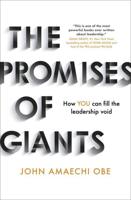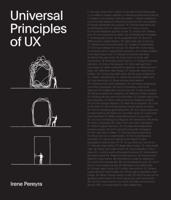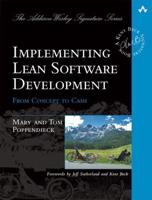Publisher's Synopsis
An introduction to Lean thinking Lean is a mindset rather than a methodology; it is a way of thinking based on practices, strategies, tools and methods that can be applied to maximise value and minimise waste while ensuring that processes achieve corporate goals. Lean helps organisations in all sectors achieve their objectives by facilitating a long-term culture shift focusing on three fundamental areas: waste , customer value and continuous incremental improvement. A good assurance review will ensure that resources are being applied efficiently and effectively to achieve these objectives. Product overview Fundamentals of Assurance for Lean Projects explains the fundamental concepts of Lean and how they can be applied to any project, including software development and organisational change. It explains the jargon and dispels the mystique that surrounds Lean, providing readers with guidance and tips on performing audits or assurance reviews for Lean projects. It also describes how Lean fits with Agile and Kanban, and how it can be combined with Six Sigma to create an efficient, high-quality approach. The book provides strong practical guidance for those tasked with providing assurance for Lean projects. Read this book to learn about the approach and principles of Lean, the governance of Lean projects, and Lean audit and review. Topics covered include: The five main Lean principles and their significance. Tools used for root-cause analysis (the five whys and fishbone analysis). Defining and modelling customer value, and innovative responses to customer needs (the Kano model). Common causes of waste and how to improve flow. Customer pull and Kanban mechanisms to manage the associated flow of processing and information. The pursuit of perfection (Kaikaku and Kaizen) and total quality management (TQM). The application of Lean principles to software development. Practical suggestions for approaches to auditing. As with all books in the Fundamentals Series, Fundamentals of Assurance for Lean Projects introduces the subject and includes references for those who would like to further investigate specific areas.










